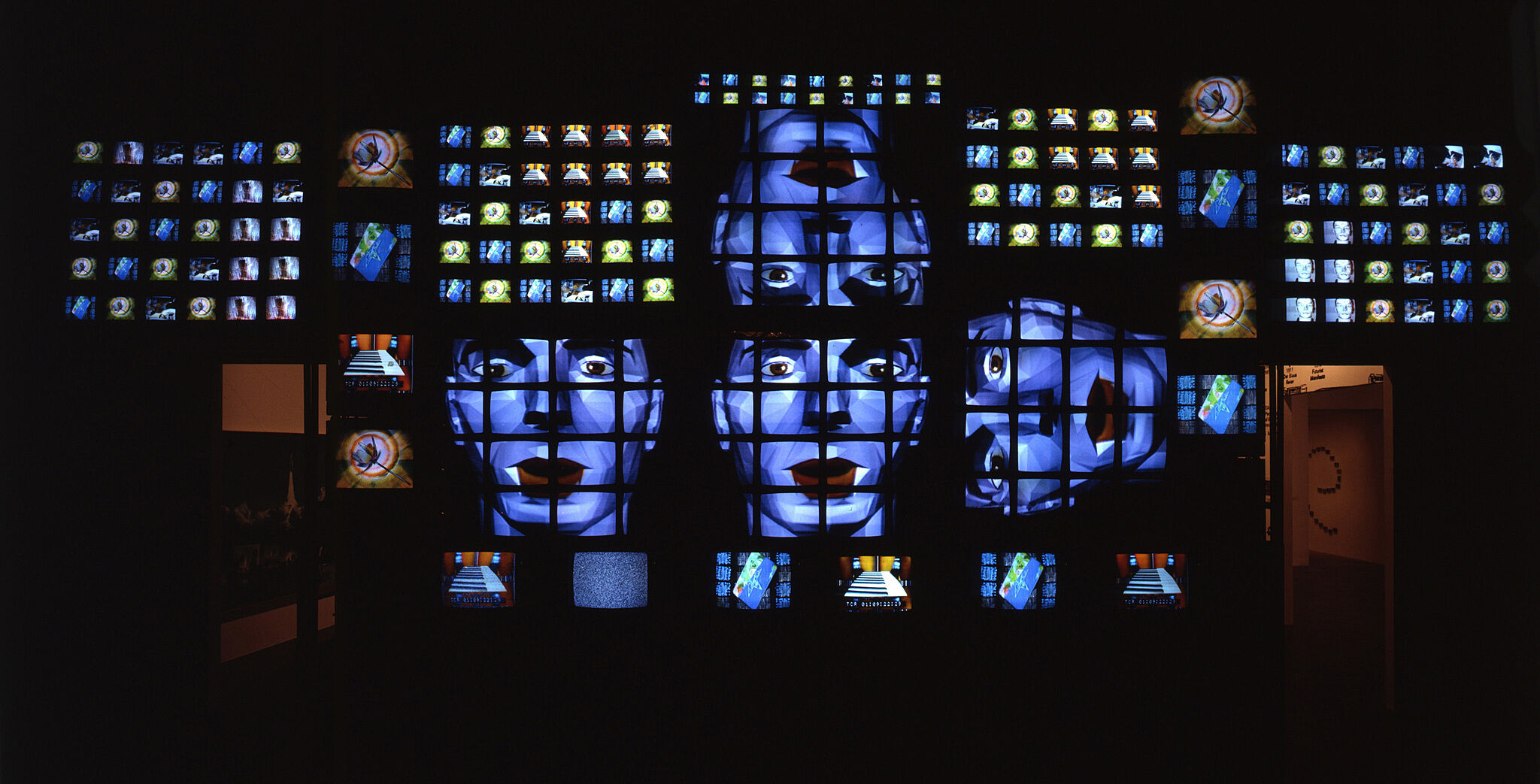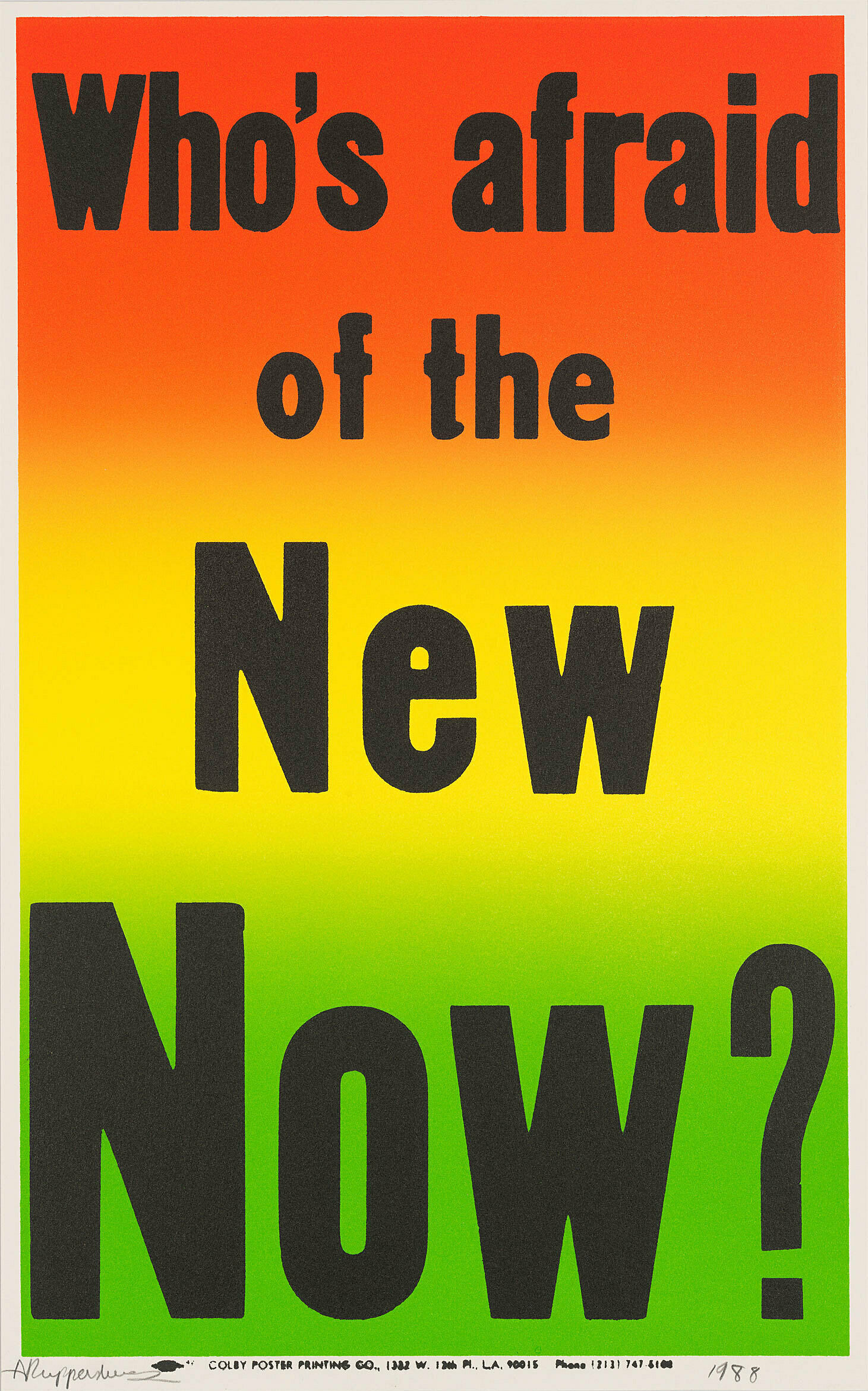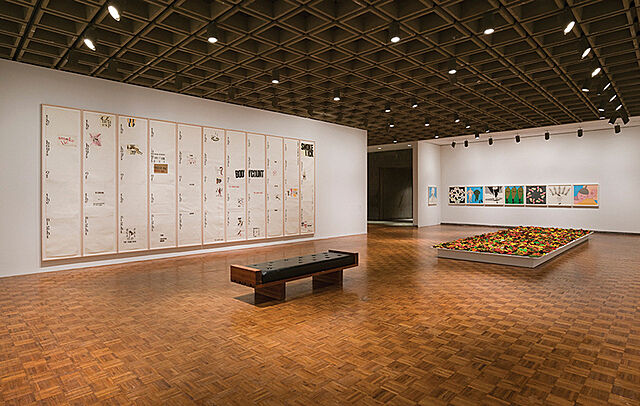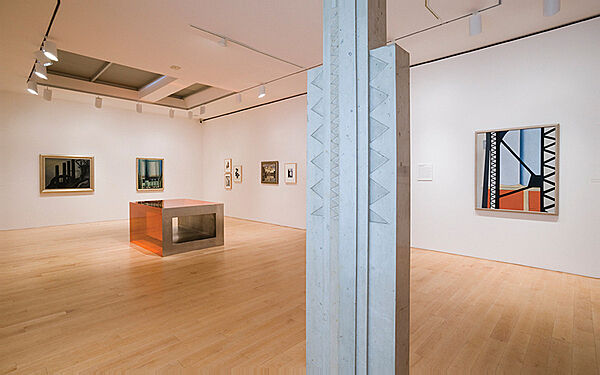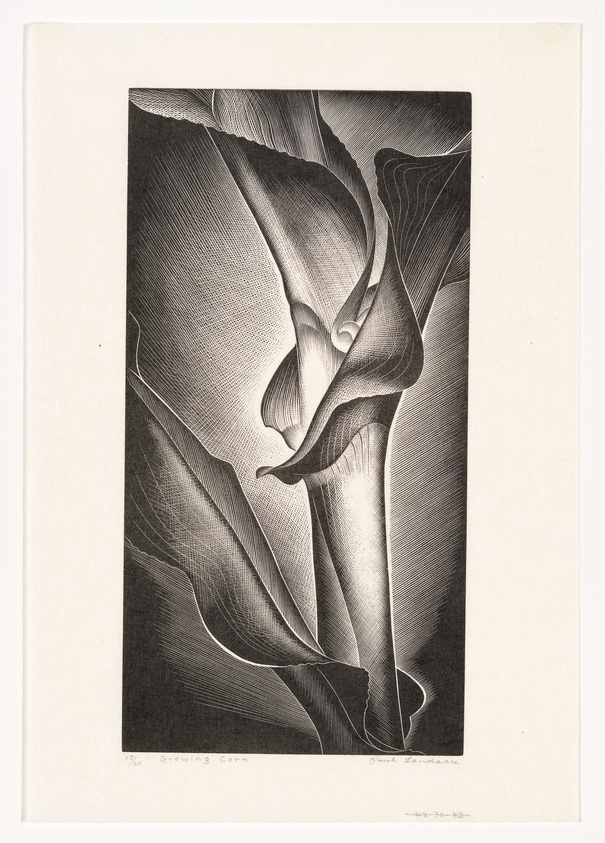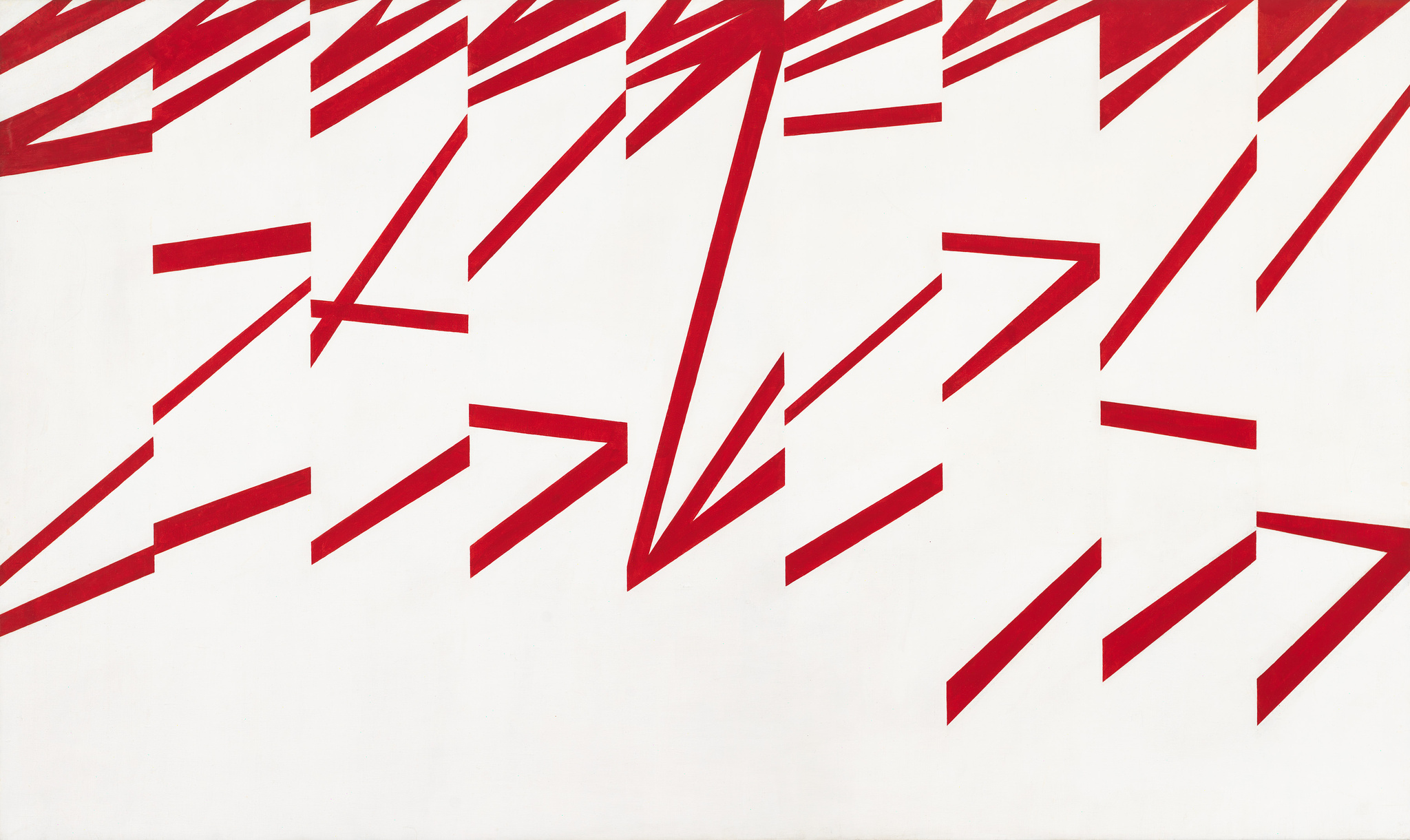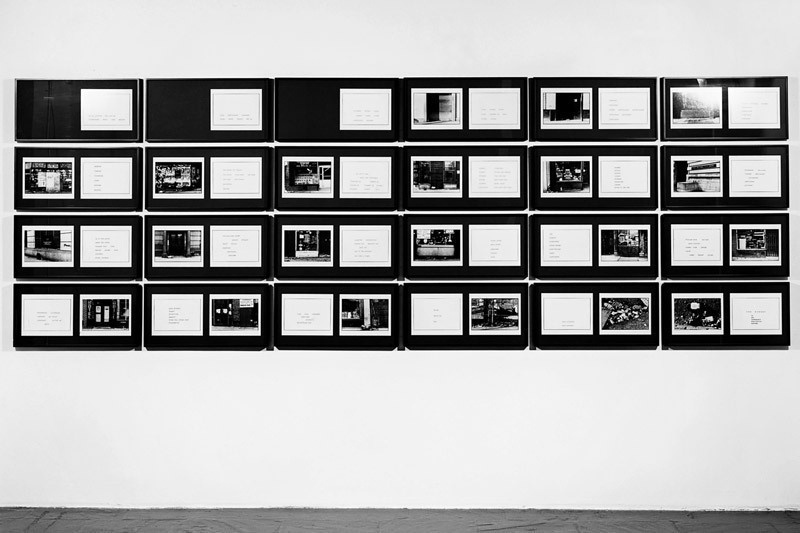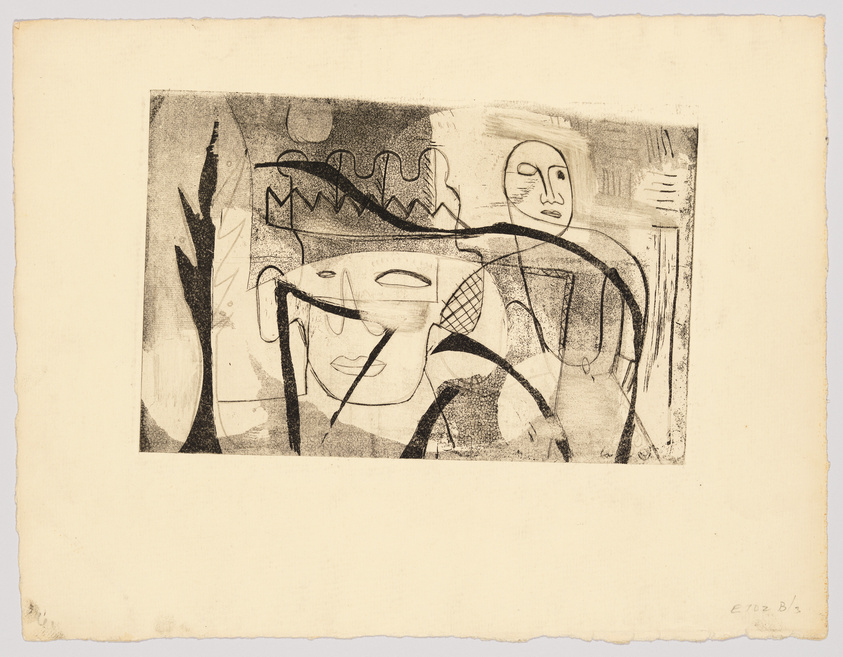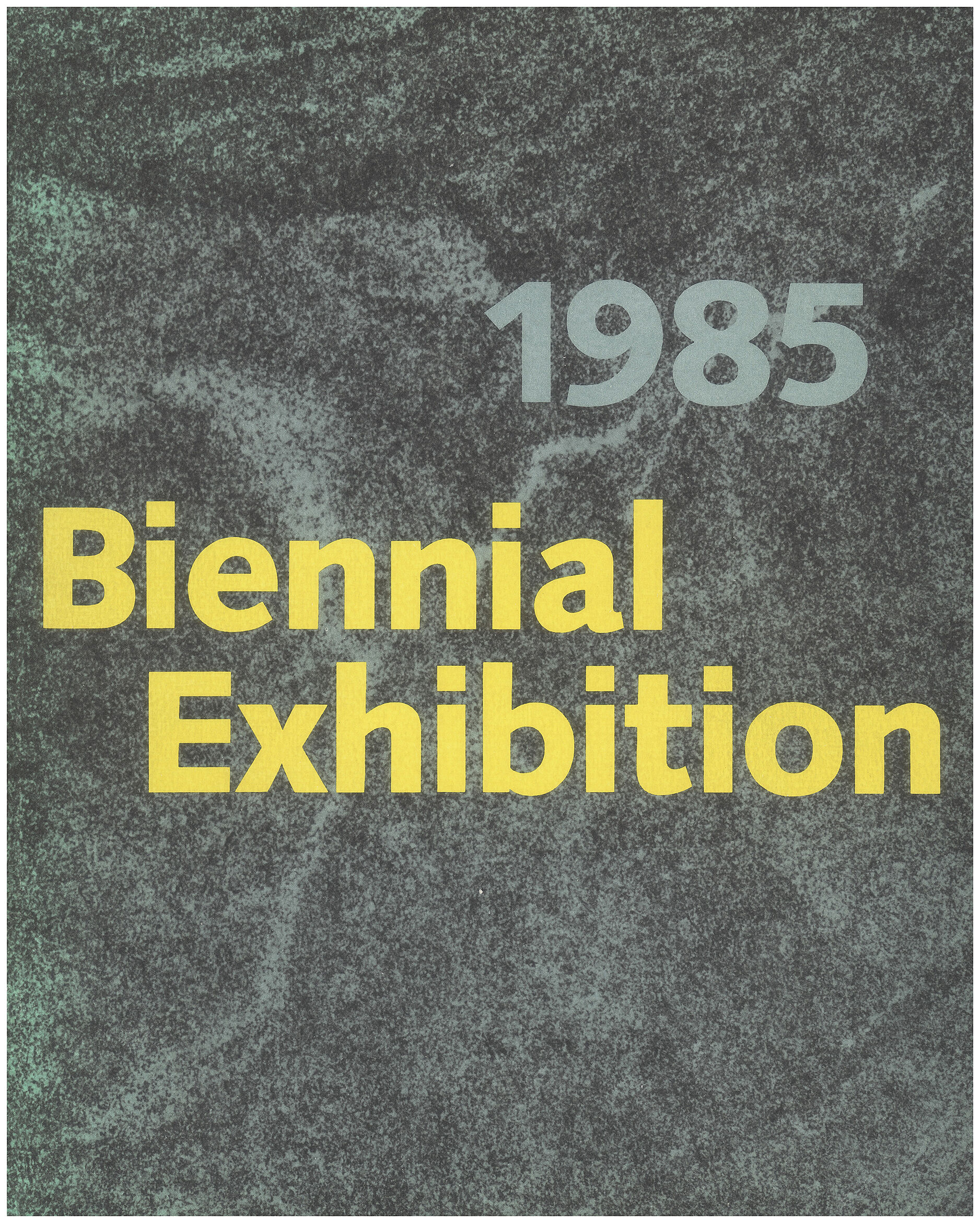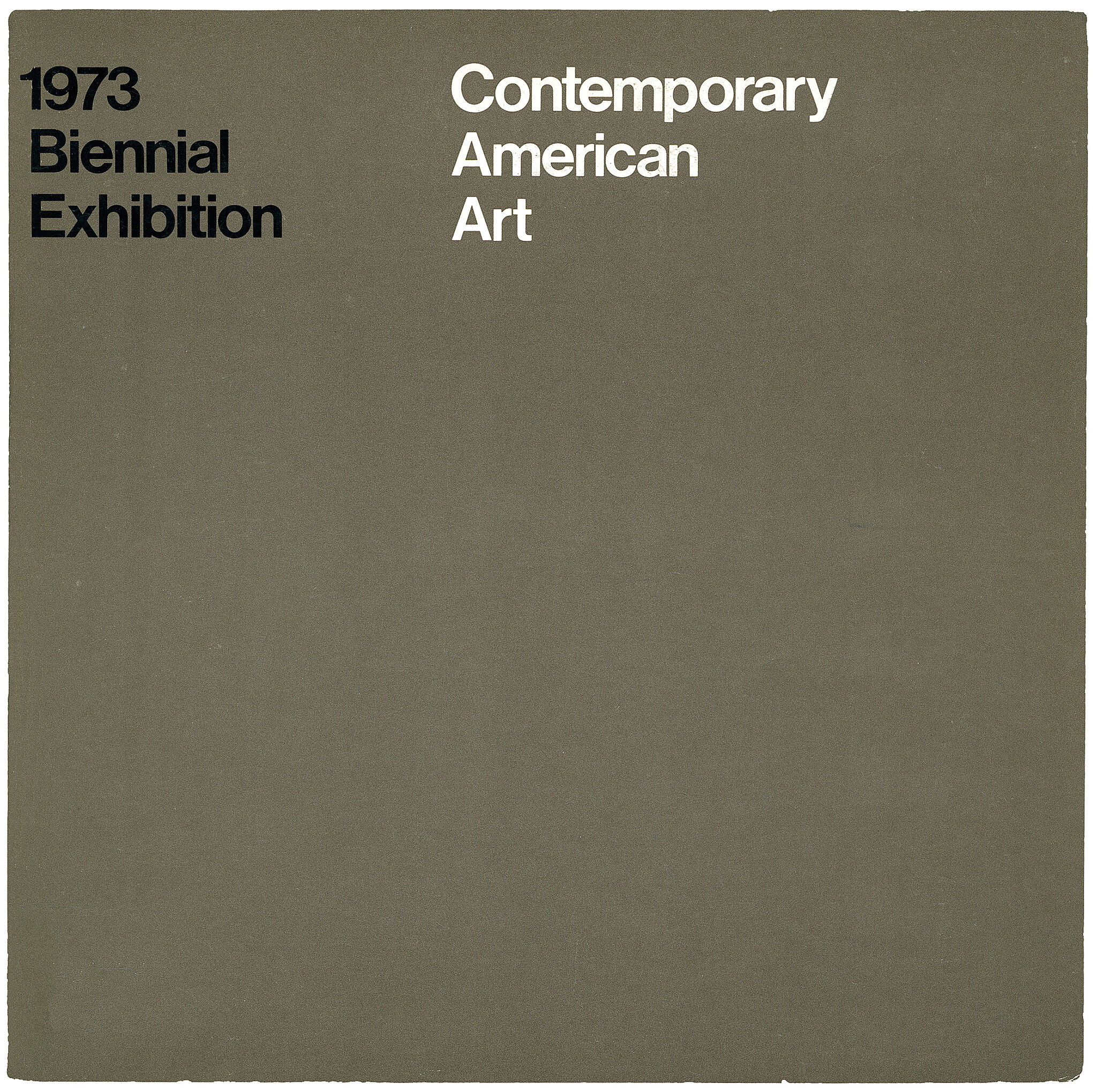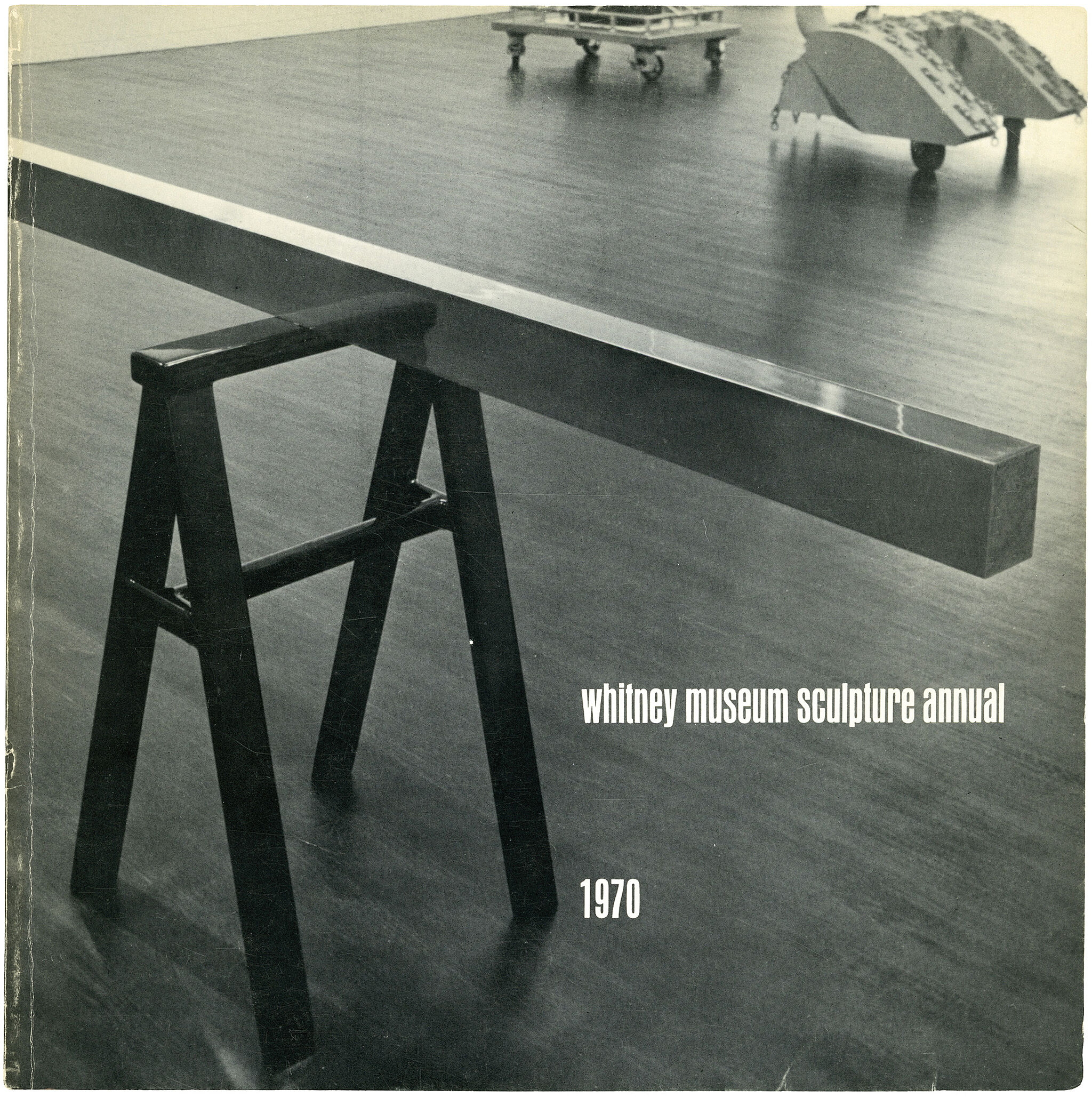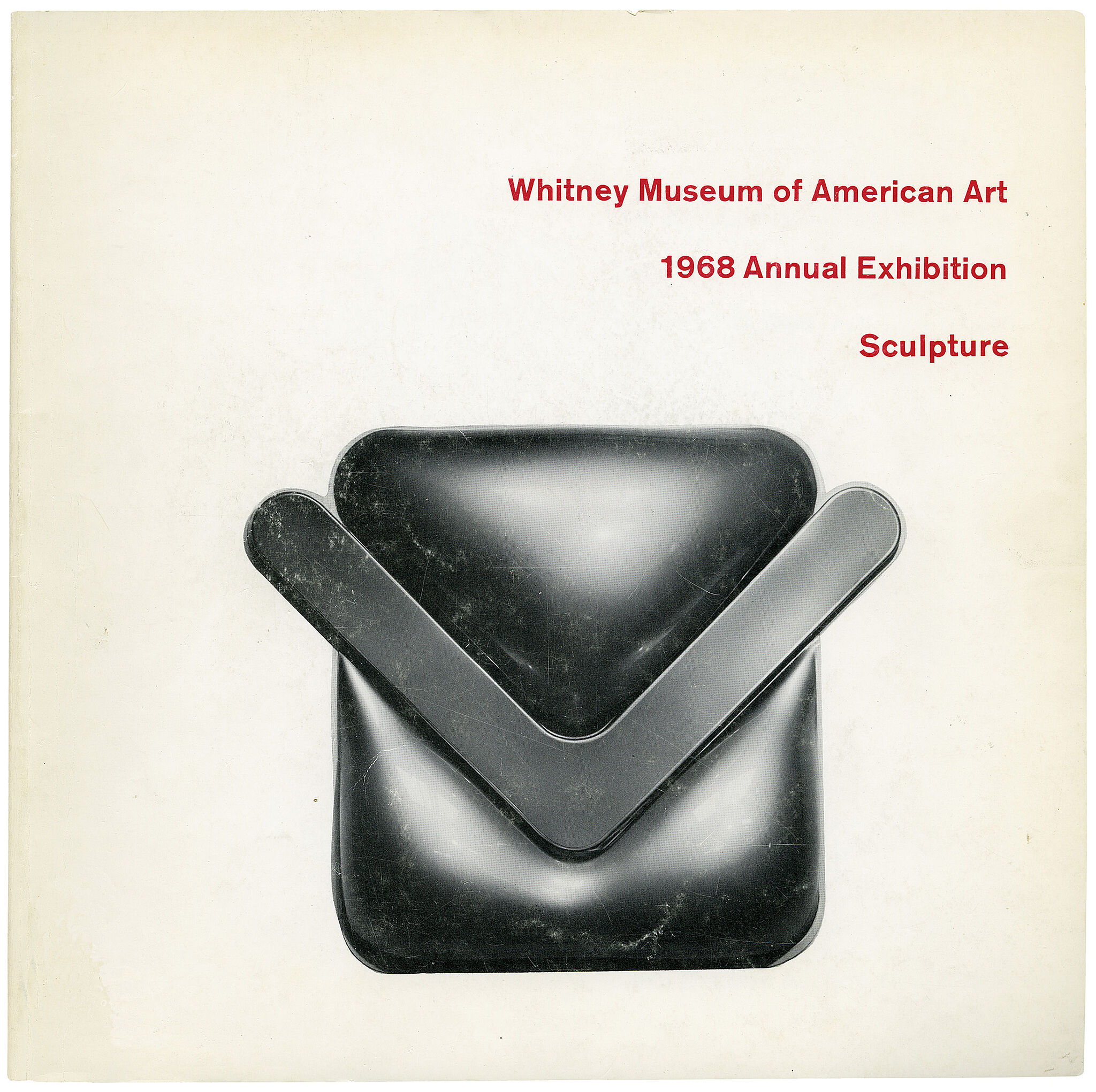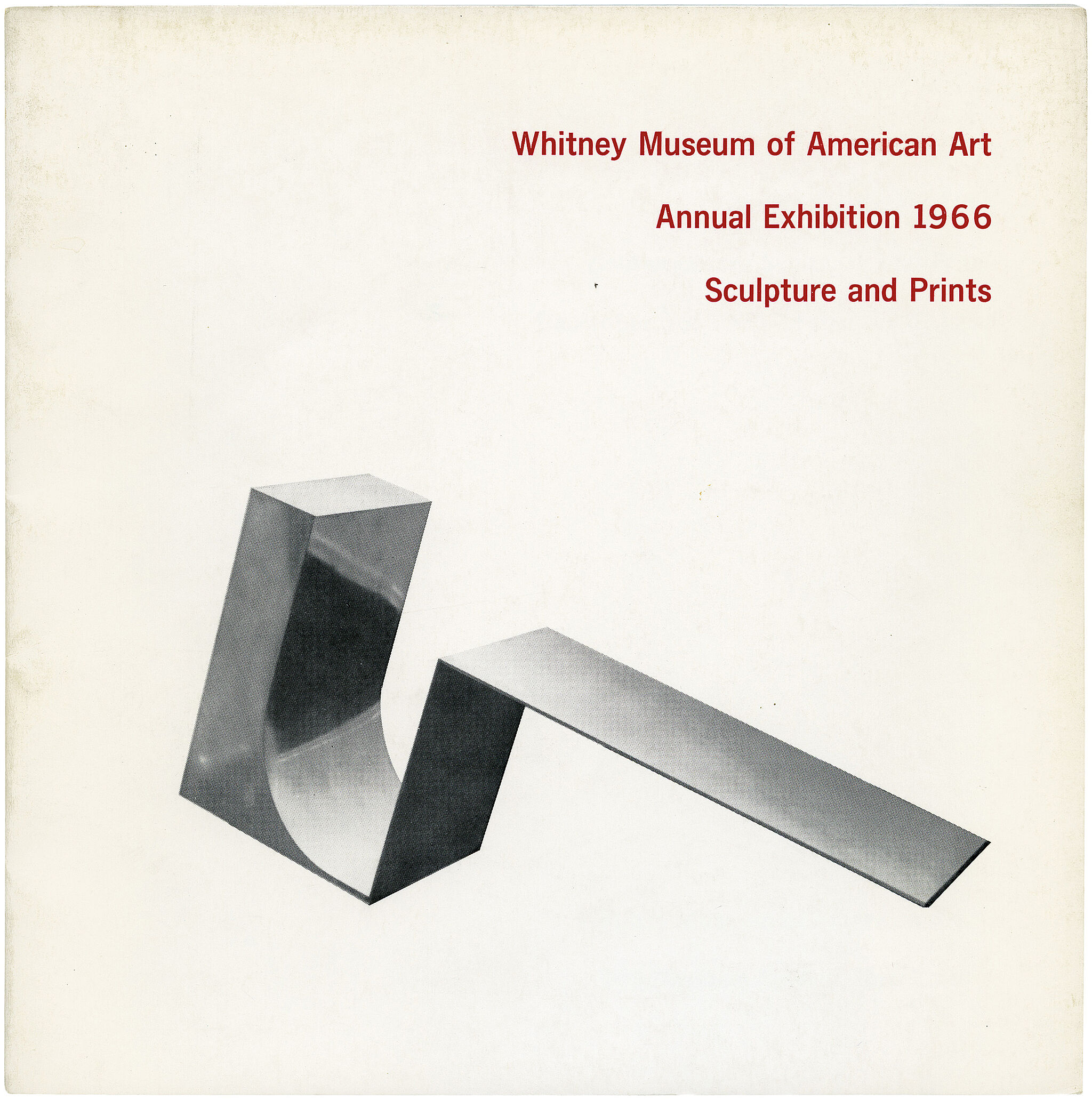Donald Judd
1928–1994
In groundbreaking critical and theoretical writings he published in the early 1960s, Donald Judd was an early and articulate advocate for what would become known as Minimalism, though he preferred the term “Specific Objects” to convey that the primary significance of this new work was its physical existence, not any external reference. Judd studied philosophy, art, and art history at the Art Students League and at Columbia University, and his earliest works, including paintings and woodcuts such as Untitled (S.22), were simplified abstractions. But by late 1961 Judd gave up painting for sculpture— or, rather, unified the two mediums in a new hybrid: rectangular structures of painted wood or metal that hung on the wall and projected into space.
Soon he arrived at his signature modular form: a cantilevered, vertical stack of boxes or series of brackets, set like the rungs of a ladder, that project from the wall, or horizontal progressions of boxes 199 attached to a beam and arranged according to mathematical principles. Rejecting the illusionism of traditional painting, Judd explained that “actual space is intrinsically more powerful and specific than paint on a flat surface.”
Most of Judd’s output after 1964, and much of the work of other Minimalists such as Carl Andre, Robert Morris, and Dan Flavin, was industrially fabricated, absenting any trace of the artist’s hand and, with it, the notion of singularity. Judd worked with a range of materials, including steel, iron, brass, and copper, and often placed his sculptures directly on the floor to better engage the space—and the people—around them.
The deep cerulean hue and large- scale installation of the ten identical, open steel rectangles that constitute Untitled (1966) command spectatorial attention. As with this sculpture, Judd often staggered the intervals between his geometric units with precise spacing in order to emphasize what he called “the thing as a whole” rather than the constituent parts.
The Day-Glo orange plexiglass sides and top of Untitled (1968) reflect surrounding lights, creating a dramatic contrast to the dark hollow of its stainless steel interior. Whereas in traditional sculpture we are left to imagine what fills an interior, in Judd’s work what he called “actual space” is directly visible, both that of the enclosed volumes and the hollow inside.
Introduction
Donald Clarence Judd (June 3, 1928 – February 12, 1994) was an American artist associated with minimalism. In his work, Judd sought autonomy and clarity for the constructed object and the space created by it, ultimately achieving a rigorously democratic presentation without compositional hierarchy. He is generally considered the leading international exponent of "minimalism", and its most important theoretician through such writings as "Specific Objects" (1964). Judd voiced his unorthodox perception of minimalism in Arts Yearbook 8, where he says, "The new three dimensional work doesn't constitute a movement, school, or style. The common aspects are too general and too little common to define a movement. The differences are greater than the similarities."
Wikidata identifier
Q250293
Information from Wikipedia, made available under the Creative Commons Attribution-ShareAlike License . Accessed November 24, 2025.
Introduction
Donald Judd studied extensively in painting, sculpture, and art theory at the Art Students League, the College of William and Mary, and Columbia University, where he received his degree in philosophy in 1953 and his MA in art history in 1962. Judd's paintings focused on simplified composition while avoiding personal expression and spatial illusion. He wrote art criticisms and essays, and moved primarily to sculpture by the end of the 1970s to enhance his ideals of using real space, emphasizing geometric simplicity.
Country of birth
United States
Roles
Artist, architect, author, installation artist, painter, sculptor, writer
ULAN identifier
500010358
Names
Donald Judd, Donarudo Jaddo, Don Judd, Donald Clarence Judd
Information from the Getty Research Institute's Union List of Artist Names ® (ULAN), made available under the ODC Attribution License. Accessed November 24, 2025.

